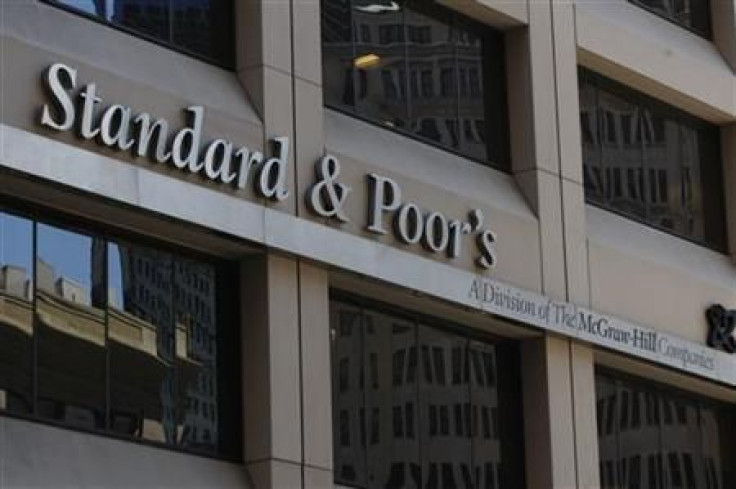S&P Downgrades US Credit Rating, Risk-Free Reputation Lost

U.S. Treasuries are officially no longer risk-free.
Standard and Poor's (S&P), one of the Big Three ratings agencies, has downgraded the U.S. from the its AAA rating by one notch to AA+. S&P cited concerns about the U.S. budget deficit.
The ratings agency has warned the U.S. government several times previously that if it does not come up with a credible plan to meaningfully reduce the deficit, a downgrade would be possible.
Heading towards the debt ceiling crunch in the beginning of August, U.S. lawmakers had a chance to make meaningful progress in this regard.
However, with Republicans refusing to budge on tax hikes and the Democrats unwilling to commit to larger cuts, President Obama and Congress only came up with $1 trillion in deficit reduction over the next 10 years.
Part of the deal did include a bi-partisan panel to recommend further cuts in the future, but that was seen by some as another move by Washington to kick the can down the road.
S&P's cut comes as the two other major ratings agencies (Moody's and Fitch) stayed pat and the U.S. Treasury Department vehemently disagreeing with its assessment.
Treasury officials even asserted that S&P's projections had a math error, according to multiple media reports.
Whatever the case, the sterling reputation the U.S. has enjoyed for 70 years is now history.
© Copyright IBTimes 2024. All rights reserved.











